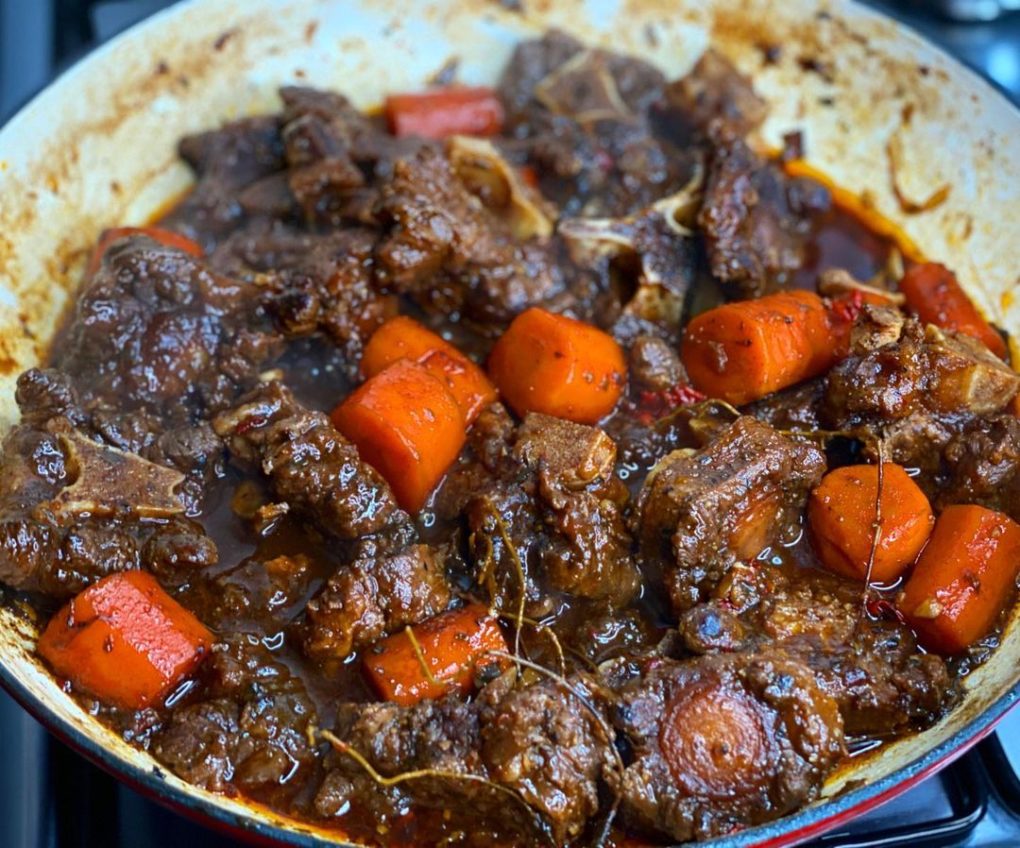For those uninitiated in the world of oxtail, this might just be the culinary adventure you’ve been missing. Oxtail is, quite literally, the tail of a cow, characterized by its bony, fatty, and collagen-rich composition. It’s a cut that truly shines when subjected to the slow, patient embrace of cooking, where the collagen transforms into a luxurious, flavorful gelatin. The result? A tantalizing dish that’s equal parts rich and satisfying. This journey around the world explores the diverse ways different cultures prepare and savor oxtails.
Jamaican Oxtail: A Rich Stew of Tradition and Flavor
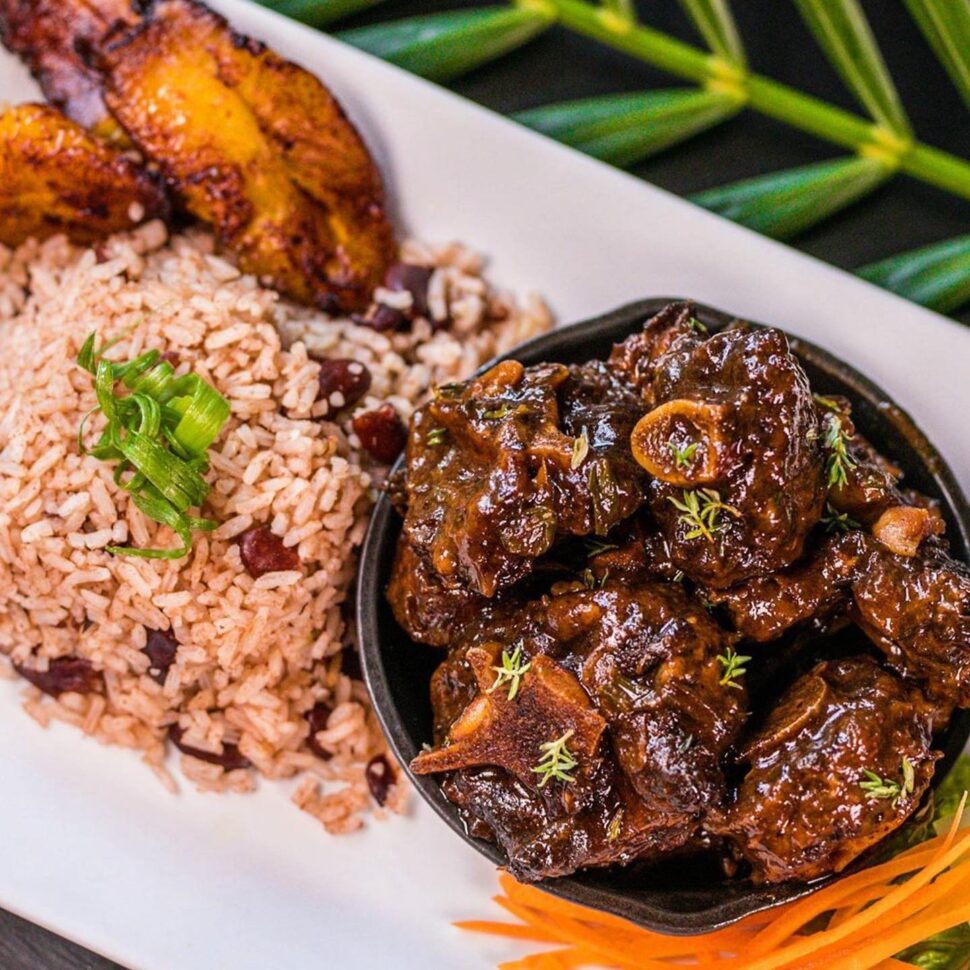
Jamaican oxtail stew, an emblematic dish with an incredibly rich and flavorful gravy, has graced many a Caribbean table. However, the rise in the price of oxtail over the years has made it more of an occasional indulgence. A generous bowl of this stew, brimming with butter beans, “spinners” (dumplings), and hearty oxtails with succulent meat, is a sight to behold.
The sheer pleasure of savoring the marrow-rich gravy by slurping it off the bone is an experience. This dish is typically served over white rice, though some might prefer it with rice and peas. It’s also traditionally accompanied by ripe plantains, avocado, and a side of salad or coleslaw.
Kkori Gomtang (Korean Oxtail): A Symphony of Subtlety
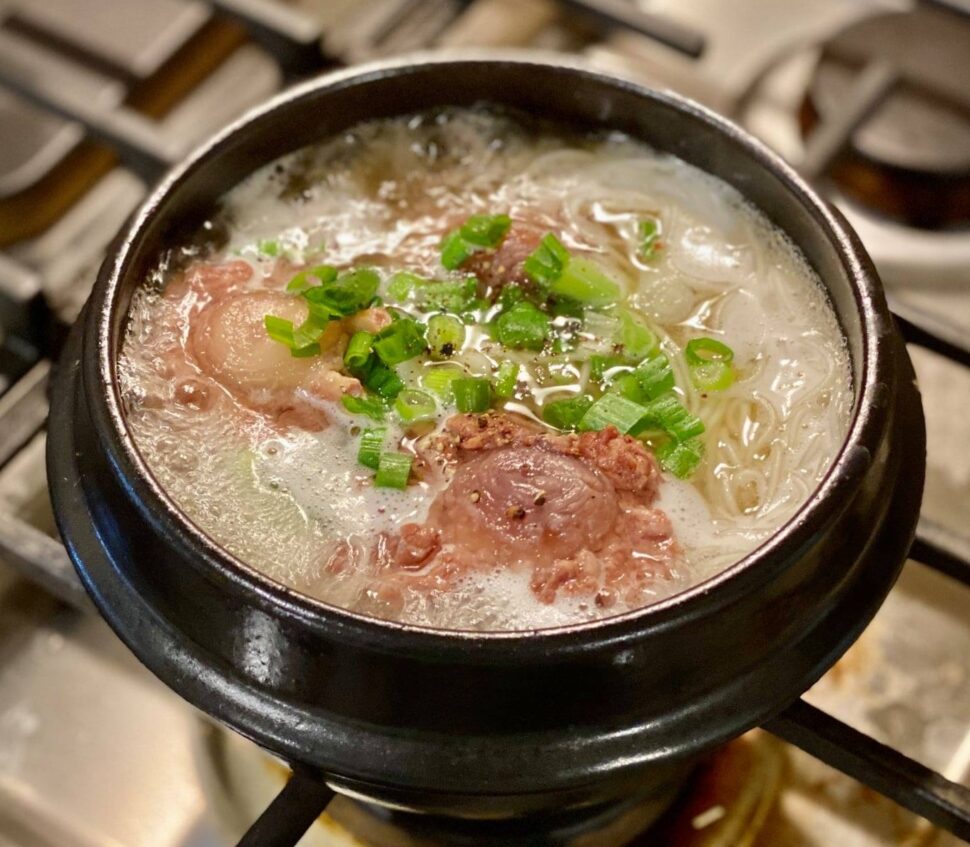
In South Korea, oxtail takes a decidedly different culinary path. Kkori gomtang, a traditional Korean oxtail soup, boasts a delicate and light flavor profile. The secret to its exquisite taste lies in the hours of slow-simmering oxtails, rendering the meat extraordinarily tender while infusing the broth with the natural essence of bone and cartilage. This nourishing soup is commonly served with a steaming bowl of freshly cooked rice on the side.
Coda alla Vaccinara (Roman Style Oxtail): A Taste of Rome’s Heart
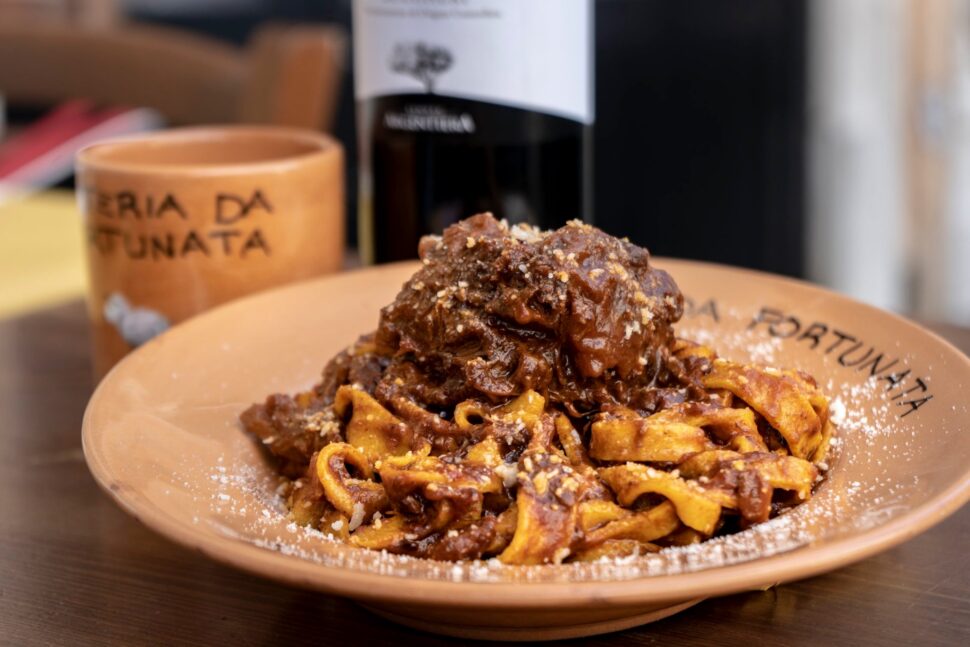
Coda alla vaccinara is a cherished Italian dish hailing from the heart of Rome, specifically the Regola neighborhood. This dish features slow-cooked oxtail in a harmonious blend of tomato sauce and vegetables, such as onions, carrots, and celery. Falling under the cucina povera (poor kitchen) category, it champions simple cooking techniques and humble, seasonal ingredients. Comforting, hearty, and straightforward to prepare, it pairs deliciously with crusty bread and its velvety sauce complements fresh pasta beautifully.
Rabo De Toro (Spanish Oxtail): A Hearty Spanish Delight
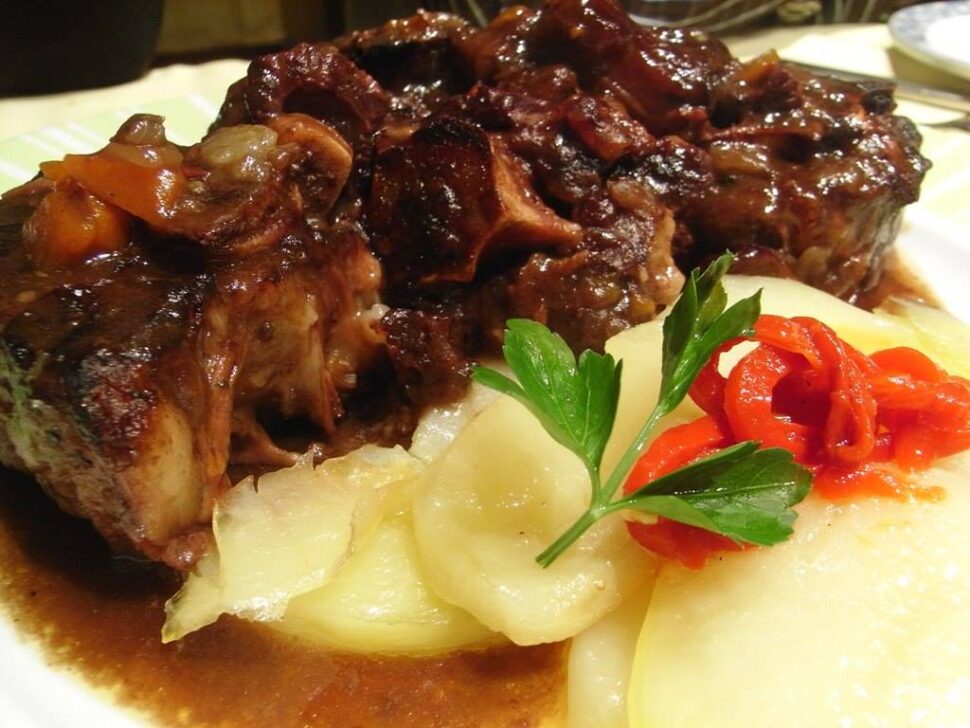
Spain’s rabo de toro, a lusty braised oxtail dish, finds its roots in Córdoba. Oxtails simmer in a fragrant mix of tomatoes, red wine, sherry, and more until they attain a level of tenderness and flavor that’s simply irresistible. The dish’s history weaves a rich tapestry, dating back to ancient Roman times.
In the late 19th century, it took center stage in the culinary scene, especially in Córdoba, where bullfighting’s glory days reigned supreme. Post-spectacle, the less-desirable parts of the bull, including the tail, were distributed to waiting locals. Resourceful housewives recognized the potential of rabo de toro—wholesome, hearty, and capable of feeding a crowd. This modest meal quickly became a household staple and later graced restaurant menus throughout Spain, particularly in the south.
